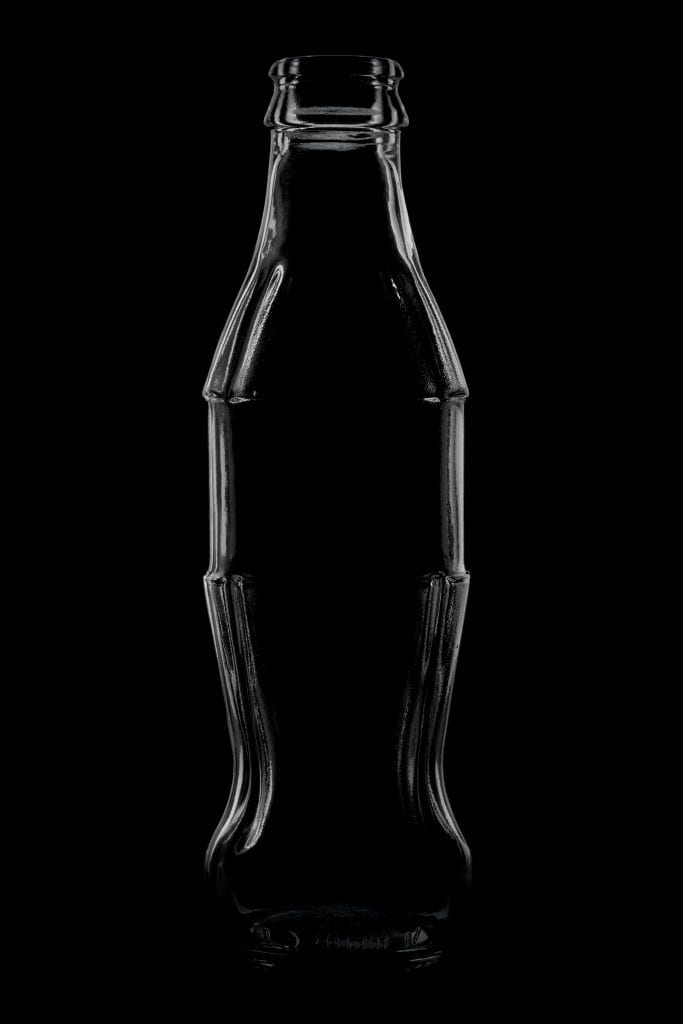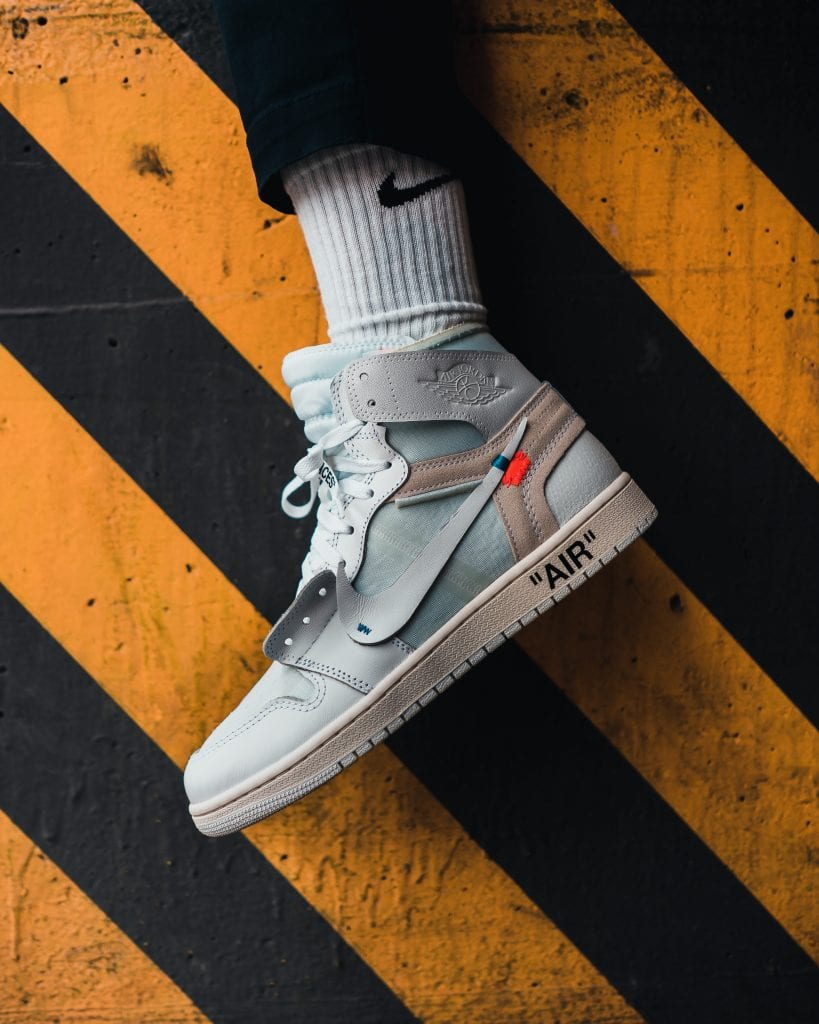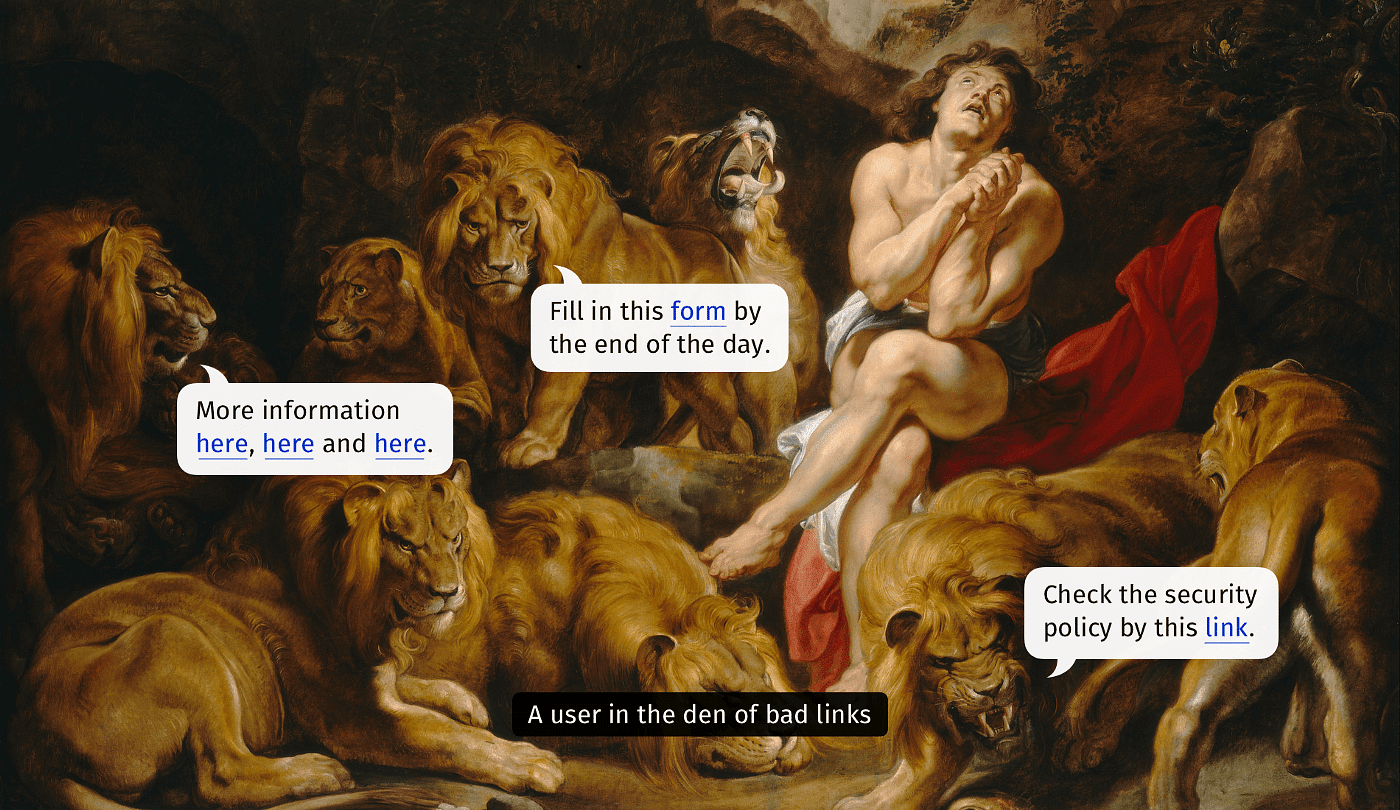Remember the last time those shiny pair of Nikes in the window display caught your eye? Remember how you envisioned imaginary LED blinkers calling you out to step into the store? Remember those little cupids with harps beckoning you to buy them… maybe, that’s a little too far fetched but there’s no other explanation for that magnetic pull you feel when it comes to those Nike pairs. No wonder you didn’t miss a moment to dwell upon this heavenly mandate, even forgetting about your then three-month-old shoes. While the LED blinkers and divine intervention may be specific to some cases, this urge to be proud owners of those pricey yet shiny Nikes is common to most. The only explanation for this frenzied urge that sometimes overtakes your reason can be the conspiracy theory that marketing people call brand influence. However, the market landscape that seems to be dominated by brands was not always such…so, where, when, and how did it take place?
Once upon a brand…
When do you think brands came to be? Would you say 50 years back? Or maybe during the Middle Ages or Renaissance? Well, it all started somewhere around 3100 BC during the Egyptian civilisation when cattle owners started branding their animals with a distinctive symbol to distinguish them from others. This practice further progressed to trade and commerce when retailers and manufacturers started stamping their products with identity marks and quality claims. Thus, progressed the practice of branding and this is how brands came to be. Nowadays, instead of cattle or products, it’s the customers’ mind that are stamped with lasting impressions about brands when they come across them. Thus, brands are very much like a stamp, both literally (in the form of logo, tagline) and figuratively(emotional effect).
Thus, our little brand is no longer little but has evolved over the years into a concept that wields the power to influence people and businesses, no wonder business owners are bent on buying trademark rights for their brand.
What’s in a name Brand?
Just like Shakespeare questions – ‘What’s in a name?’ Marketeers and even general public questions – ‘What’s in a brand?’. Unfortunately, the answers available seem ambiguous or incomplete based on my online research. However, thanks to David Aaker’s definition of a brand that lends some coherence and goes on to explain a brand as — “the intangible sum of a product’s attribute”. Hence, to save your time and effort, I have come up with my version of B.R.A.N.D….with each of these acronyms implying the different aspects that simplify our understanding of the brand concept.
B-Building a brand
Every successful brand starts with that little idea that once planted, grows up to produce surplus but only when it’s properly nurtured. Nevertheless, many brands become redundant and forgotten unless they evolve with the help of marketing and advertising activities to keep up with the current trends. Although these strategies are a mandatory part to popularize a brand, they only play a later role as a brand first comes into existence with a solid customer base. Moreover, it’s only loyal customers who build a brand, for example, ‘My Starbucks Idea’ was fashioned along the lines of a ‘suggestion box’, inviting Starbucks customers to suggest changes which later got implemented with free wifi for customers and new flavors like peach green tea lemonade. Hence, it’s only right to say that building a brand is an exercise in enhancing customer experience where they can identify it with some factors that are unique to your brand alone.

- Brand Identity
Coming back to our Nike pair, what was it that caught your eye in the first place? Was it the fascinating color or the trendy design or the unmistakable Nike swoosh? Thus, what makes a simple pair of shoes(not that there’s anything simple about Nike) so distinct is the identity that sets them apart from all others. Visual elements like the swoosh logo, color, and other graphics play a huge role in any brand’s identity, that’s why when you saw those shoes, even the price tag couldn’t deter you to just do it.
- Brand Architecture
Once the customer can identify your brand, the work’s done, right? Wrong! Brands are always evolving to fulfill expectations and garner attention. Thus, it becomes imperative to invest in constructing your brand as a holistic entity, whether you endorse a monolithic or a pluralistic brand. Thus, even with multiple services and products provided by the big names in the industry, say Microsoft or Proctor and Gamble, customers have no trouble accepting and endorsing their less popular products as they buy brands and not products.
R – Relatability is key
Customers are nothing less than kings and queen as their preferences have a lot of hold on the outcome of your brand. Like humans, they are contradictory creatures with emotions and reasons and your brand’s attributes should cater to their preferences.
- Brand Personality
Your brand very much resembles an actual person with an identity that is affected by culture, emotions, vision, and intelligence of its own. Thus, brand personality is a real phenomenon that portrays the essence of your brand to your customers and attracts them to give it a go. You can surely fathom how much effect culture or human experience can have on people when the #MeToo movement was honored by the School of Visual Arts as ‘Brand of the Year’. Thus, make sure that your brand has the following attributes along with brand personality to make it more relatable to people.
- Promiseable – With your customers as investors, your brand needs to show some promise. No wonder Apple customers rush to book their products soon after the product launch as Apple’s futuristic technology gives you an edge over other brands.
- Flexible – To accommodate the need of the hour, your brand should be flexible enough. The best example of flexible branding is the Google doodle that aligns itself with burning issues, special days and influential people by adopting the same theme.
- Real – Whether it’s your product or service, be as original and authentic as possible as it’s the only way to connect with your customers and gain their loyalty. For instance, Google’s promise of a fun and creative environment makes it a coveted brand in itself.
- Belongingness – As humans, we all are battling with the feeling to belong and brands are one way to ensure that you are ‘in’ or ‘out’…cue in our obsession with luxury brands.

A- Action
Newton’s third law of motion that every action has an equal and opposite reaction stands true in the branding world too. Your customers’ perception of your brand triggers several actions that alter sales and reputation. Even no action from customers is an indication of how they perceive your brand and how much you need to work on it.
Going back to your shiny Nikes, your action was instinctive, making it clear that a successful response is the result of positive brand perception. However, it all begins with trust and engaging factors that ultimately spur you to action and this is where brand equity comes into the equation.
Brand Equity
The phrase “what you see is what you get”, gets slightly tweaked to “what they(your customers) see is what you get” in brand language. Thus, a brand can only be the result of how it is perceived and interpreted by your customers. Accordingly, brand equity is a phenomenon where the commercial value of a brand is generated as a result of customer perception.
Youth has no age limit.https://t.co/VPOAoWQb9J
— Nike (@Nike) August 12, 2016
N – Niche
There are hundreds of emotions and personalities unique to each person which your brand is trying to cater to. To target respective customers, your brand’s personality can be anything from outdoorsy and adventurous to sophisticated elegance. Hence, your brand’s personality and niche go hand-in-hand as your brand communicates the personality of your business, product, service, and work environment, etc. Also, to establish a reserved customer base, it becomes imperative to focus on the trunk before growing out more branches.

D – Developing a Brand
In our fast-paced world, change has become a constant, and brands no matter how big or small are no exception to this. Thus, brands need to be constantly evolved to cater to the needs of Millenials and Gen Z, and brand strategy is one way to ensure that.
While coming up with a brand strategy that looks promising is awesome, don’t forget about resources like loyal customers and the brand’s value to ensure its longevity.

On a final note, a brand or brands come to life with a small idea that takes room to grow and develop while continuing to live up to the expectations of customers. Akin to an actual person, a brand has several elements that are attached to it and will come up in the next chapter.






